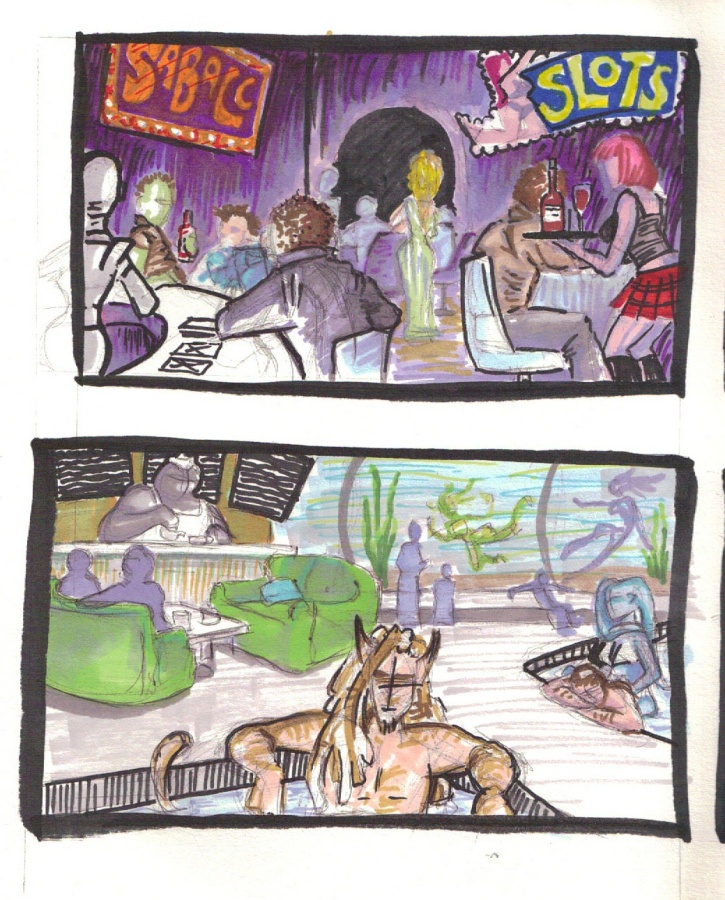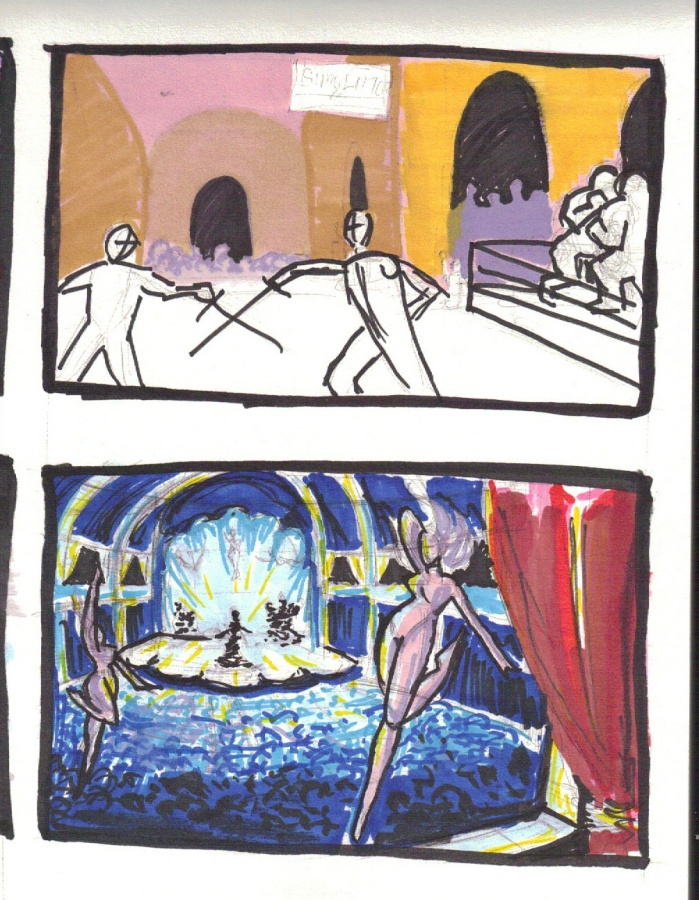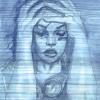Jynxie
Member since: 2008Okay, get ready for nerd talk...and no, I don't mean the normal Star Wars related kind.
Something that is not commonly seen is the process of developing artwork; however I have seen some phenomenal step by step (aka process) stuff among the blogs here.
Interested in Art Direction myself, this has always been a big thing for me which is why I am happy so many of you guys out there are posting your works in progress. It is helpful not only to the individual artists rendering their compositions, but also to those seeking to learn how one goes from a thumbnail to a fully rendered kick ass work of art. Additionally, it is very helpful when discussing possible pieces with clients and is a huge part of what an artist works on before the piece.
Most people working on a piece for a client go through a few steps:
1)Meeting with the client to discuss ideas. This is where a lot of brainstorming comes into play, and it is vital to first understand and be willing to work with the client's needs/wants pertaining to the intended peice.
2)Thumbnailing. This means sketching out usually 3-6 small rough ideas regarding the composition and can also include figuring out a color scheme. (Usually this is my favorite step and I always go overboard, rendering closer to 50 rough ideas and color play.) Thumnailing is a great way to get inspired to work on the peice and learn ways of problem solving earlier on...although I find this mostly helps solving color issues.
*Note*
I reccomend that those not used to working in color try using a limited pallet of 2 colors to begin, then progress to 3 colors (it is actually more difficult to use less colors but when you master it it is highly helpful). Also, do not be afraid to use a color wheel since that is what they are for, or study color schemes and pallets used by other artists.
3)Rough Pencils. Sharing 3-6 of your favorite thumbnails (the client usually picks the one you hate) you then again may discuss what is in each mini sketch. Doing more fully rendered pencils to scale helps figure out exactly what the final piece is going to look like and again helps solve issues regarding composition, lights and darks, and tangent lines, ect. Sometimes clients will have you develope 2-3 final ideas that are all similar and only have slight variations. Again, it is recommended that when the final rendering/ pencil is produced that you also try out your pallet to see if any adjustments need to be made. Keeping in mind type may be laid in in certain areas is also vital.
4)The final peice. Now that everything has been adressed the artist works on the final rendition of the subject. This may also include adding in type before handing the completed version over.
Below are some rough color studies I did for a brochure for a module. Some of them have good ideas and color balance, while otheres do not. Again, these are the basic beginings for what may later on become fully rendered peices.
-Kat/Jynx





